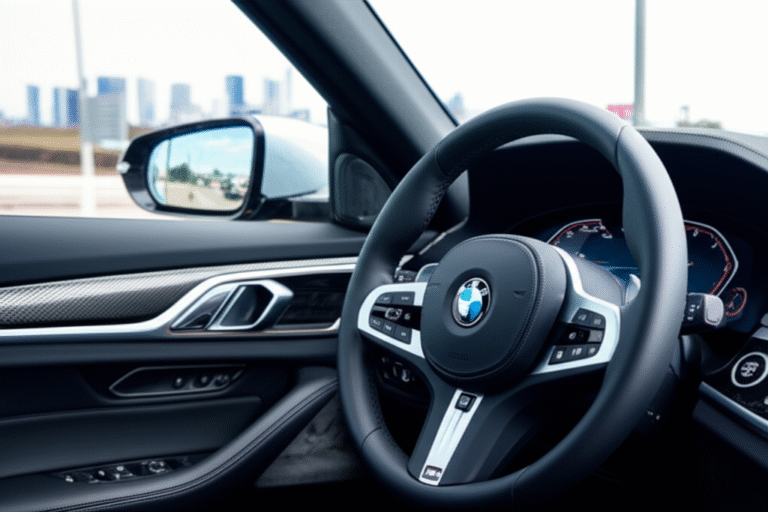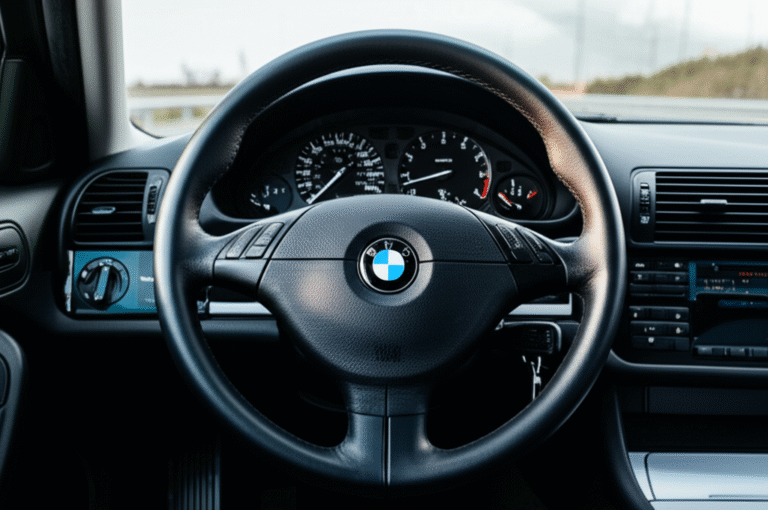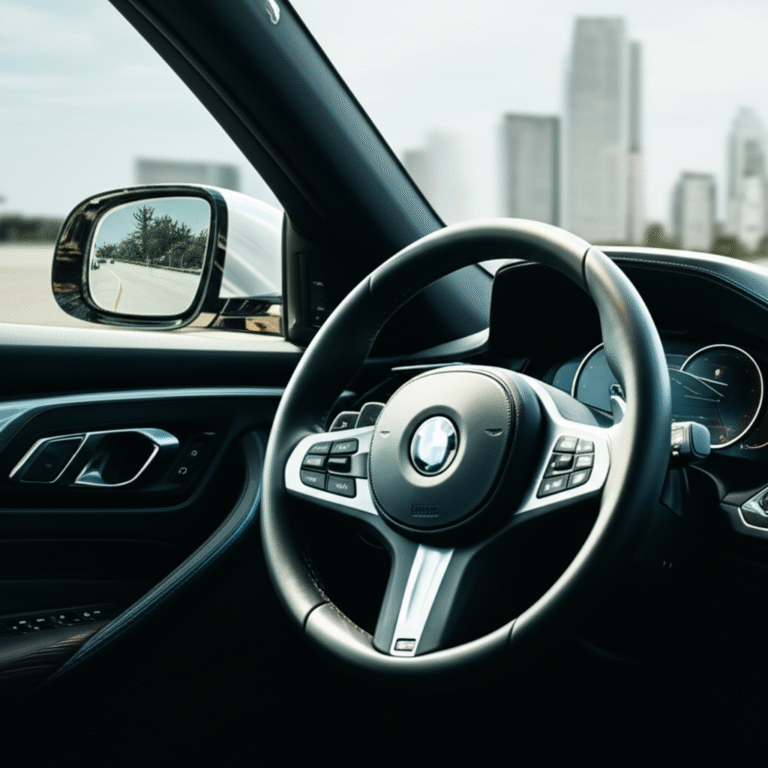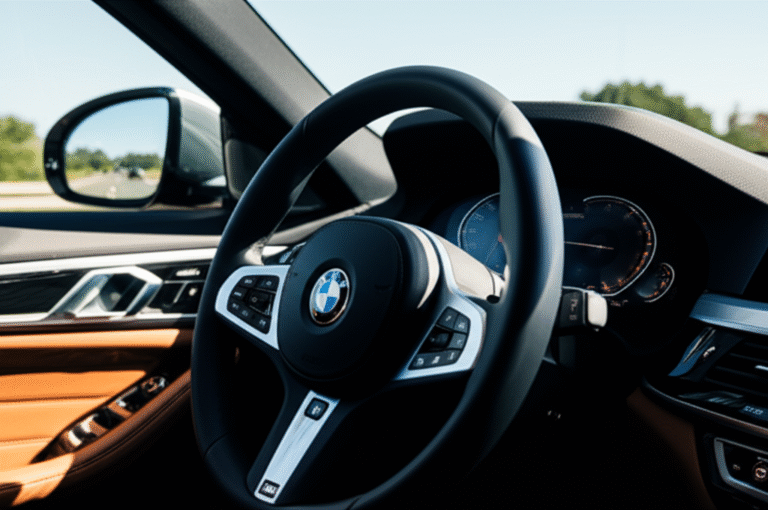BMW 520d Ground Clearance: 6 Bold Insights
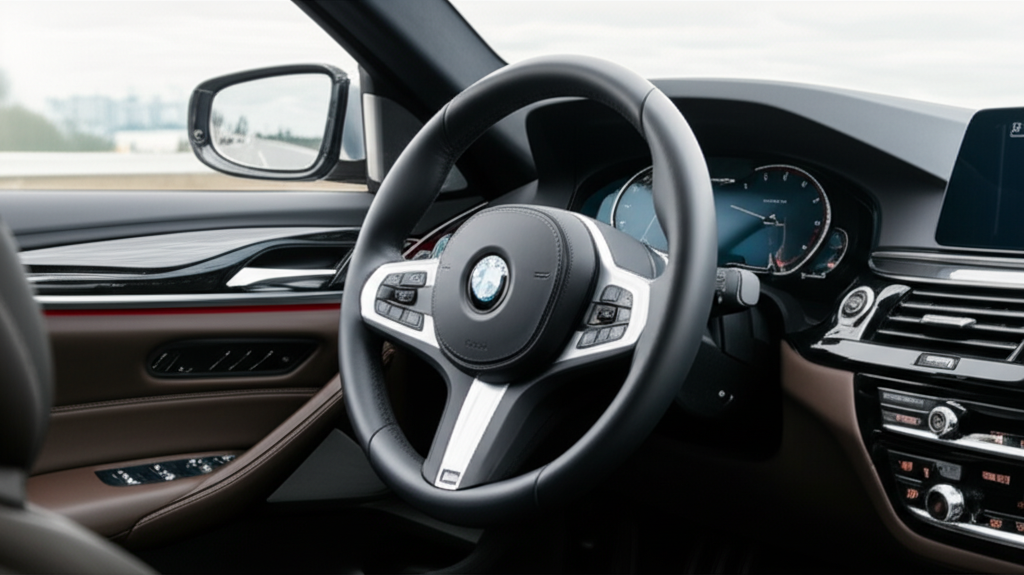
The BMW 520d ground clearance is a crucial factor for navigating various U.S. road conditions, impacting ride comfort and preventing damage. Understanding this spec ensures you drive with confidence.
Key Takeaways
- Measure BMW 520d ground clearance accurately.
- Compare it to U.S. road requirements.
- Understand factory vs. modified clearance.
- Factor in load for real-world scenarios.
- Inspect for damage regularly.
- Consult BMW experts for clarity.
When you’re driving your BMW 520d in the USA, you often wonder about its capabilities on different terrains. One of the most practical aspects to consider is the ground clearance. This measurement tells you how much space is between the lowest part of your car’s undercarriage and the road surface. It’s a vital piece of information for anyone who drives regularly, especially in areas with varied road conditions, speed bumps, or even just those unexpected potholes. For BMW 520d owners, understanding this specific detail can prevent costly repairs and ensure a smoother, more enjoyable ride. Let’s dive into six bold insights about your BMW 520d ground clearance.
What is BMW 520d Ground Clearance?
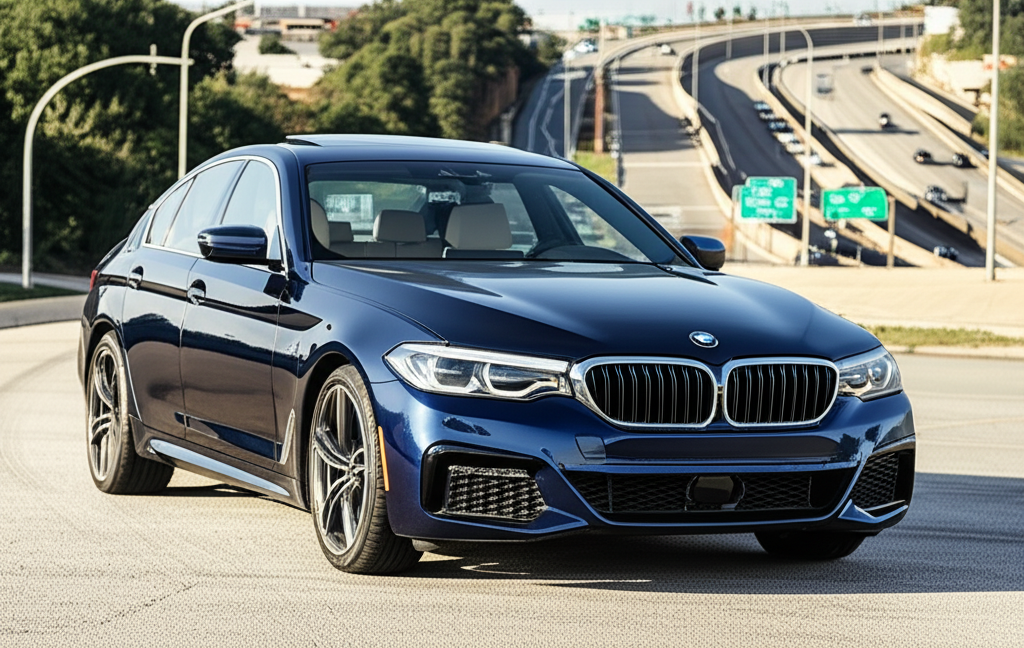
Ground clearance, often referred to as ride height, is the shortest distance between the car’s chassis or underbody and the ground. For the BMW 520d, this clearance is a design consideration that balances sporty handling with everyday usability. BMW engineers aim for a setup that leans towards performance, meaning the ground clearance is typically optimized for smooth roads rather than rugged off-roading. The exact figure can vary slightly depending on the specific model year and any optional suspension packages installed. For instance, models equipped with M Sport suspension might have a slightly lower ride height for improved aerodynamics and cornering stability.
It’s important to distinguish between the manufacturer’s stated ground clearance and the actual clearance you experience. Factors like tire pressure, the weight of passengers and cargo, and even the wear and tear on suspension components can subtly affect this measurement. For a standard BMW 520d, the ground clearance is generally in the range of 4 to 5.5 inches (approximately 10-14 cm). This is a common range for executive sedans designed for comfortable highway cruising and city driving, adhering to safety standards set for typical U.S. road infrastructure.
Insight 1: Decoding the Factory Ground Clearance for Your BMW 520d
The factory ground clearance of a BMW 520d is meticulously engineered to offer a blend of aesthetics and functionality. BMW’s philosophy often emphasizes a dynamic driving experience, which typically translates to a lower center of gravity and, consequently, a more modest ground clearance compared to SUVs or trucks. For the 520d, this means it’s primarily designed for paved roads and well-maintained surfaces found throughout most American cities and highways.
While specific figures can vary slightly across different generations and trim levels (e.g., SE, Sport, M Sport), most BMW 520d models hover around the 4.5 to 5.5-inch mark. For example, older E60 generation 520d models might have a slightly different clearance than newer F10 or G30 generations. This clearance is crucial for maintaining the car’s sleek profile and ensuring optimal aerodynamic performance. You can usually find the precise specification in your vehicle’s owner’s manual or by consulting official BMW technical documents for your specific model year. Understanding this baseline is your first step in managing its real-world suitability.
Insight 2: Navigating U.S. Road Conditions with Your 520d
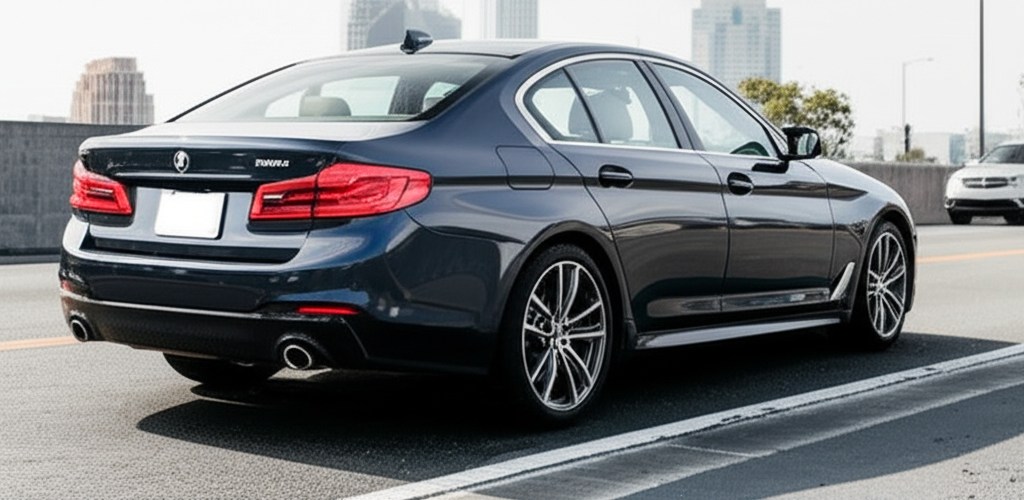
The United States presents a diverse range of road conditions, from the smooth, expansive highways of the West to the often pothole-ridden streets of older Northeastern cities. A BMW 520d, with its standard ground clearance, is well-suited for the majority of these environments. However, challenges can arise.
- Speed bumps: These are ubiquitous in parking lots, residential areas, and school zones. Approaching them slowly and at an angle can help prevent the undercarriage from scraping.
- Potholes: Deep potholes pose a significant risk to any vehicle, but especially to lower-slung sedans. Hitting one can damage tires, wheels, suspension components, and even the exhaust system.
- Uneven surfaces: Construction zones, gravel roads, or poorly maintained rural routes can be tricky. The 520d is not designed for serious off-roading, so caution is advised.
- Driveway inclines: Steep driveways or sudden transitions from the road can cause the front bumper or exhaust to scrape if entered too quickly or at the wrong angle.
For drivers in areas known for particularly challenging roads, or for those who frequently encounter such obstacles, it’s wise to be extra vigilant. The U.S. Department of Transportation provides extensive data on road conditions and infrastructure projects, which can offer insights into regional road quality. For instance, a quick search on local government websites might reveal common problem areas or upcoming roadwork that could impact your commute.
Insight 3: Factory vs. Modified Ground Clearance: What’s the Difference?
Many BMW enthusiasts enjoy personalizing their vehicles, and modifying suspension is a common upgrade. This can significantly alter the ground clearance of your 520d. There are two main directions modifications typically take:
- Lowering: This is often done using sport springs or coilovers. The goal is usually to improve handling, reduce body roll, and give the car a more aggressive stance. However, lowering a 520d will reduce its ground clearance, making it more susceptible to scraping on speed bumps, steep driveways, and road debris.
- Raising: This is less common for a 5 Series sedan but might be achieved through custom spring setups or larger tires. Raising the car increases ground clearance, which can be beneficial in areas with very rough roads or for installing larger wheels. However, it can negatively impact handling, aerodynamics, and potentially affect the speedometer and odometer accuracy if not calibrated correctly.
When considering modifications, it’s crucial to understand the implications. A lowered 520d might look fantastic, but daily driving in a city like San Francisco with its notorious hills and uneven streets could become a constant challenge. Conversely, a raised 520d might seem more practical for certain environments, but it would deviate from the car’s intended sporty character.
For those looking to maintain or understand their car’s stock setup, referencing official BMW specifications is key. Resources like BMW USA offer detailed information on their models.
Insight 4: The Impact of Load on Your BMW 520d’s Ground Clearance
This is a crucial, often overlooked, aspect of ground clearance. The manufacturer’s stated figure for your BMW 520d’s ground clearance is usually measured when the vehicle is unloaded. However, in real-world driving, you rarely drive with an empty car.
Here’s how different types of loads affect your car:
- Passengers: Each person adds weight, which compresses the suspension slightly. A car carrying four adults will have less ground clearance than one with a single driver.
- Cargo: Luggage in the trunk, especially heavy items, further lowers the car. This is particularly relevant for road trips or moving items.
- Towing: Although the 520d isn’t typically used for heavy towing, if equipped with a trailer hitch, the tongue weight from a trailer will also reduce the rear suspension’s ride height.
To illustrate, imagine your 520d has a nominal ground clearance of 5 inches. With a full load of passengers and luggage, the suspension might compress by 0.5 to 1 inch, reducing your effective ground clearance to 4 or 4.5 inches. This reduction is especially critical when approaching obstacles like steep driveways or speed bumps that were manageable when the car was empty. Always factor in your typical load when assessing risk for potential undercarriage damage.
A helpful example: If you plan a family vacation and load up your trunk, pay extra attention to the clearance on the first few trips out of your driveway and any familiar inclines you regularly navigate. You might need to take them at a slower speed or at a more pronounced angle than usual.
Insight 5: Regular Inspection: Protecting Your BMW 520d’s Undercarriage
Given the moderate ground clearance of the BMW 520d, regular inspection of the undercarriage is a proactive measure to prevent costly damage. Over time, even without major incidents, the lowest points of your car are exposed to road grime, small stones, and water, which can cause corrosion or wear.
What to Inspect:
- Exhaust system: The mufflers and pipes are often among the lowest hanging components. Look for dents, rust, or signs of scraping.
- Oil pan and transmission pan: These are critical components. Any impact here can lead to leaks or severe mechanical failure.
- Suspension components: While less likely to be directly struck, control arms and sway bars are exposed.
- Brake lines and fuel lines: Ensure these are not corroded or damaged.
- Plastic undertrays/shields: These are designed to protect the engine bay and are often the first to show signs of contact. Check for cracks or missing fasteners.
If you notice any damage, even minor, it’s best to have it assessed by a qualified mechanic. Driving with a damaged exhaust or oil pan poses significant risks. For those in areas with harsh winters, where salt and sand are used on roads, the risk of corrosion increases, making these inspections even more vital. Websites like NHTSA (National Highway Traffic Safety Administration) offer safety guidelines and recall information that can indirectly relate to undercarriage integrity.
Insight 6: When to Seek Expert Advice on Ground Clearance
While this article aims to demystify BMW 520d ground clearance, there are times when professional insight is invaluable. If you’re considering aftermarket suspension modifications, buying a used 520d where the original ride height might have been altered, or if you’re experiencing unusual noises from the underside of your car, consulting an expert is highly recommended.
Qualified BMW technicians or reputable independent European car specialists have the knowledge and diagnostic tools to:
- Accurately measure your vehicle’s specific ground clearance.
- Assess any potential damage to the undercarriage or suspension.
- Advise on the suitability of modifications for your driving conditions in the USA.
- Recommend appropriate tires and suspension setups for your needs.
Don’t hesitate to reach out to your local BMW dealership or a trusted mechanic. They can provide peace of mind and ensure your 520d is performing safely and optimally. For example, if you’re moving to a new state with notoriously rough roads, a quick chat with a local BMW service center can provide valuable, region-specific advice.
Pro Tips:
When parking, always be mindful of the curb height and any parking blocks. Gently pulling in or backing out at an angle can save your front bumper and exhaust system from scrapes.
Table 1: Comparison of Ground Clearance Factors
This table summarizes how different factors influence the effective ground clearance of your BMW 520d.
| Factor | Effect on Ground Clearance | Typical Impact | Consideration |
|---|---|---|---|
| Factory Specification (Unloaded) | Baseline measurement | Approx. 4.5 – 5.5 inches | Represents ideal conditions. |
| Passengers | Reduces clearance (suspension compression) | 0.25 – 0.75 inches | Significant with multiple occupants. |
| Cargo | Reduces clearance (suspension compression) | 0.1 – 0.5 inches (depending on weight) | Cumulative with passenger weight. |
| Aftermarket Lowering Springs | Significantly reduces clearance | 1 – 3 inches (or more) | Aesthetic and performance-focused, higher risk of scraping. |
| Worn Suspension Components | Can reduce clearance over time | 0.1 – 0.5 inches | Indicates need for maintenance. |
Table 2: Common Road Obstacles and BMW 520d Clearance Risks
This table highlights common road obstacles and their potential risk level for a BMW 520d with its typical ground clearance.
| Obstacle | Typical Height/Depth | Risk Level for BMW 520d (Standard Clearance) | Mitigation Strategy |
|---|---|---|---|
| Standard Speed Bump | 3-6 inches | Medium | Approach slowly and at an angle. |
| Steep Driveway/Incline Transition | Varies greatly | High (especially front bumper/exhaust) | Approach at a sharp angle, slowly. |
| Road Pothole | Deeper than 4 inches | High (wheel, tire, suspension damage) | Avoid whenever possible; drive cautiously. |
| Curb Parking Block | 4-8 inches | Medium to High (front spoiler) | Park carefully, avoid overhanging. |
| Uneven Road Surface / Railway Crossing | Dips and rises vary | Medium | Slow down and navigate carefully. |
Frequently Asked Questions (FAQ)
Q1: What is the exact ground clearance for a 2023 BMW 520d?
The ground clearance for a 2023 BMW 520d is approximately 4.7 inches (about 12 cm). This can vary slightly based on the specific trim and any optional suspension packages fitted.
Q2: Can I drive my BMW 520d in snowy conditions in the USA?
Yes, you can drive your BMW 520d in snowy conditions, especially if it’s equipped with xDrive all-wheel drive and appropriate winter tires. However, the standard ground clearance means you should be cautious on untreated roads or in deep snow, as the car could get stuck or scrape its undercarriage.
Q3: Will carrying passengers lower my BMW 520d’s ground clearance?
Yes, carrying passengers will cause the suspension to compress, slightly reducing the ground clearance. The amount depends on the weight of the passengers and the specific suspension setup of your 520d.
Q4: How can I increase the ground clearance of my BMW 520d?
Increasing ground clearance typically involves installing taller springs or suspension lift kits, or fitting larger diameter tires. However, these modifications are generally not recommended for a 5 Series sedan as they can significantly alter the car’s handling dynamics and aesthetics, and may not be legal or practical for everyday use in the U.S.
Q5: Is the ground clearance of the BMW 520d sufficient for U.S. roads?
For the vast majority of paved U.S. roads, the standard ground clearance of the BMW 520d is sufficient. However, in areas with particularly rough roads, frequent speed bumps, or steep inclines, extra caution is advised.
Q6: What is the risk of damaging my BMW 520d’s undercarriage?
The risk is moderate for typical driving on well-maintained roads. The risk increases significantly when encountering deep potholes, steep driveways, rough terrain, or poorly designed speed bumps. Regular inspections and cautious driving are key to minimizing this risk.
Q7: Where can I find official BMW 520d specifications in the USA?
Official specifications can be found in your vehicle’s owner’s manual, on the BMW USA website (bmwusa.com) under the specific model’s details, or by contacting a BMW dealership’s service department. Resources like the Edmunds vehicle database also offer detailed specs.
Conclusion
Understanding the ground clearance of your BMW 520d is a practical necessity for any owner in the USA. It’s not just about inches and millimeters; it’s about ensuring a seamless driving experience, protecting your investment, and maintaining the luxury and performance that BMW is known for. By being aware of the factory specifications, how loads affect your car, and the common road challenges you might encounter, you can drive with greater confidence and peace of mind. Regular checks and seeking expert advice when needed will help you navigate the diverse American landscape smoothly and safely in your BMW 520d.

